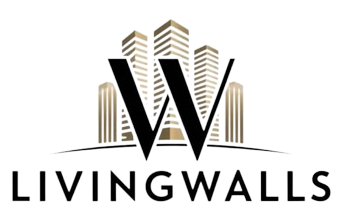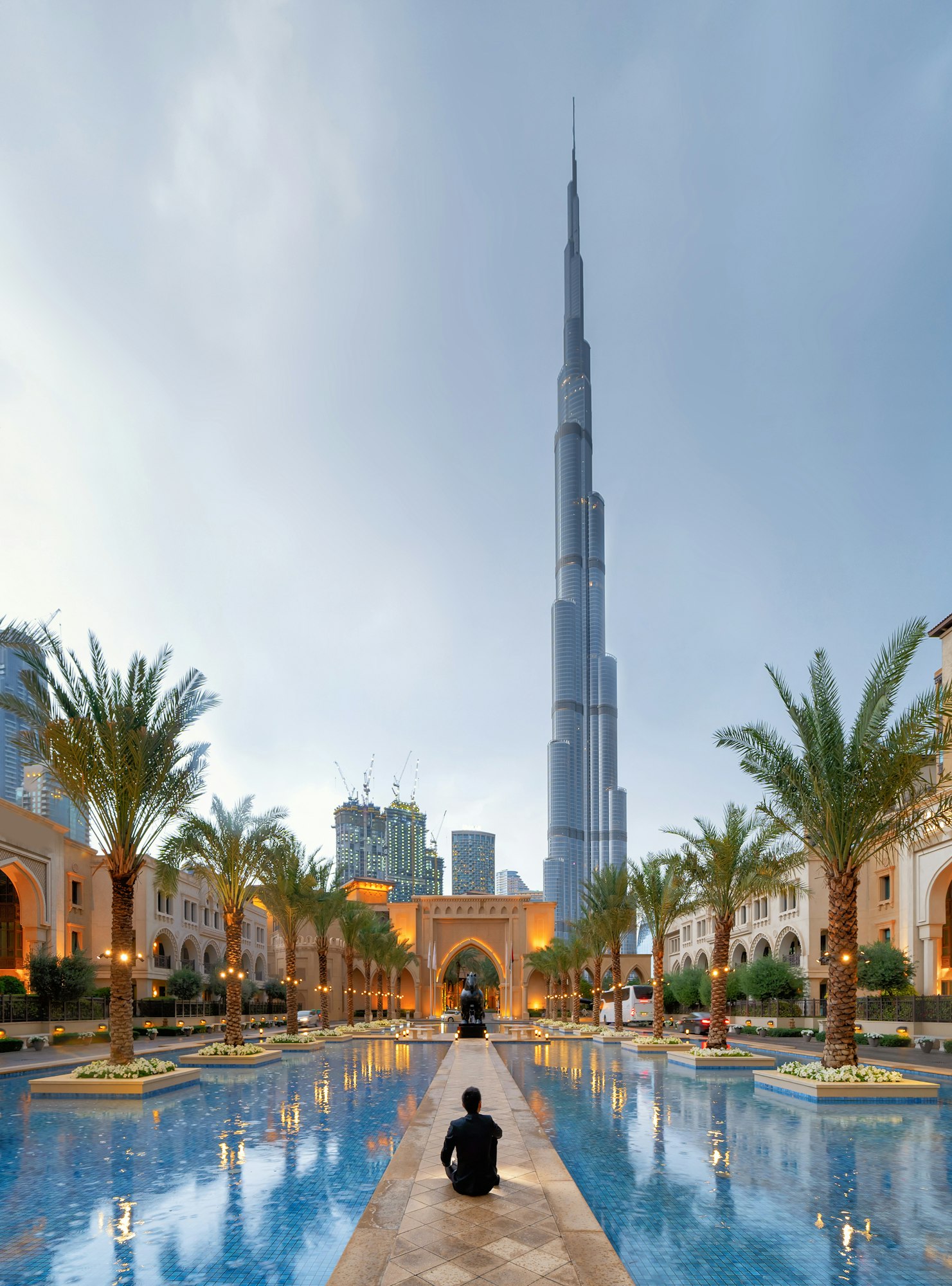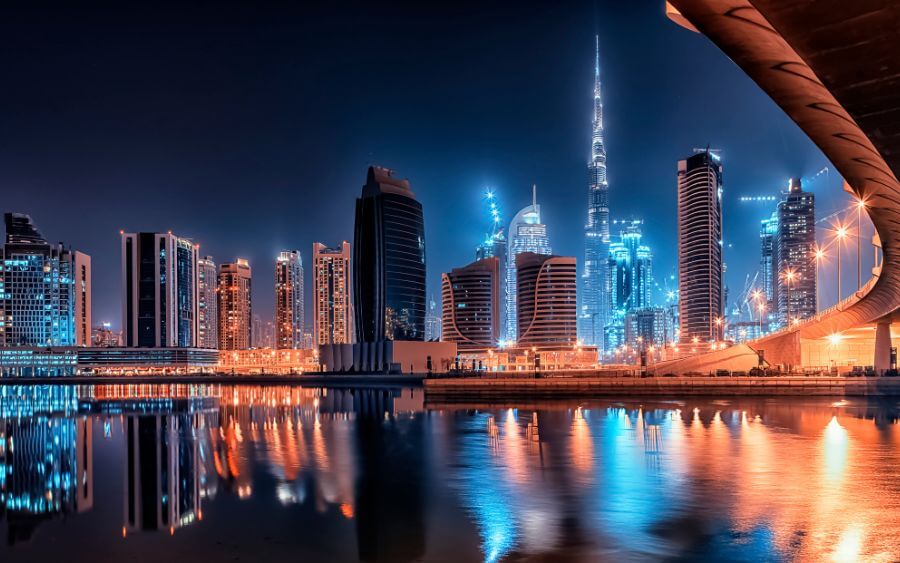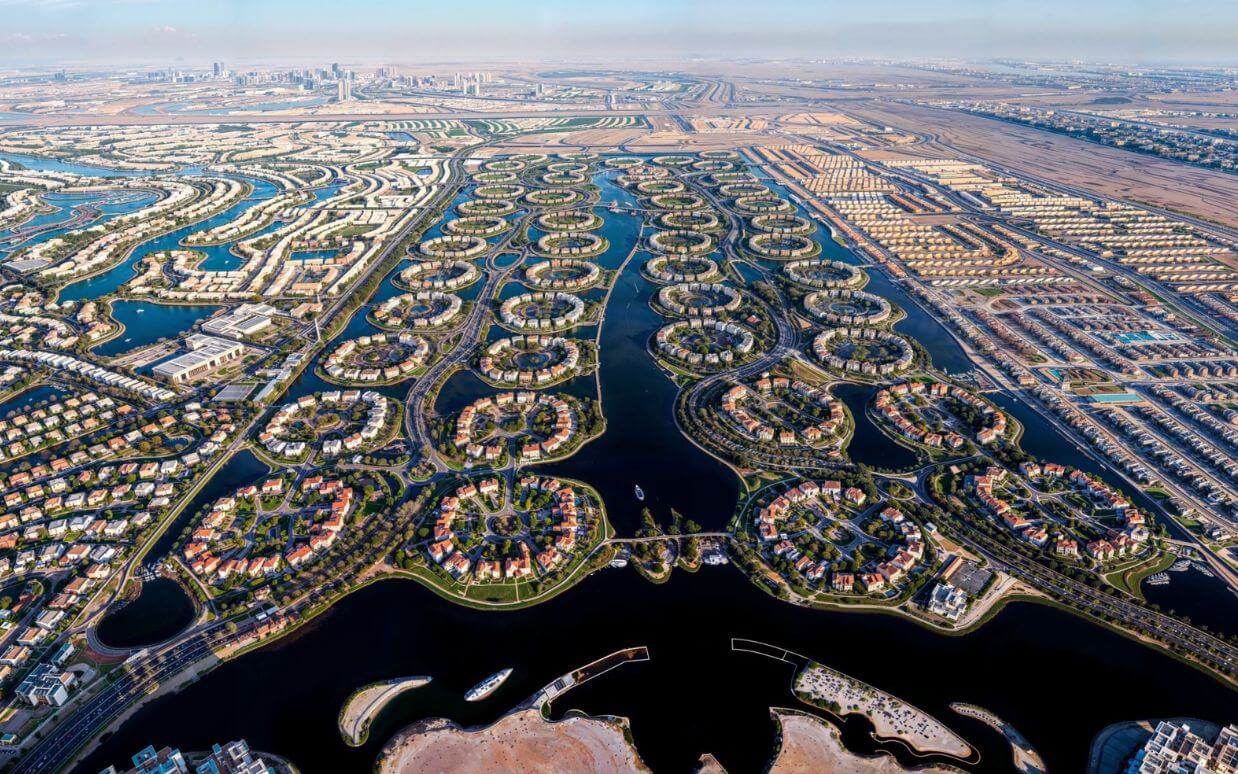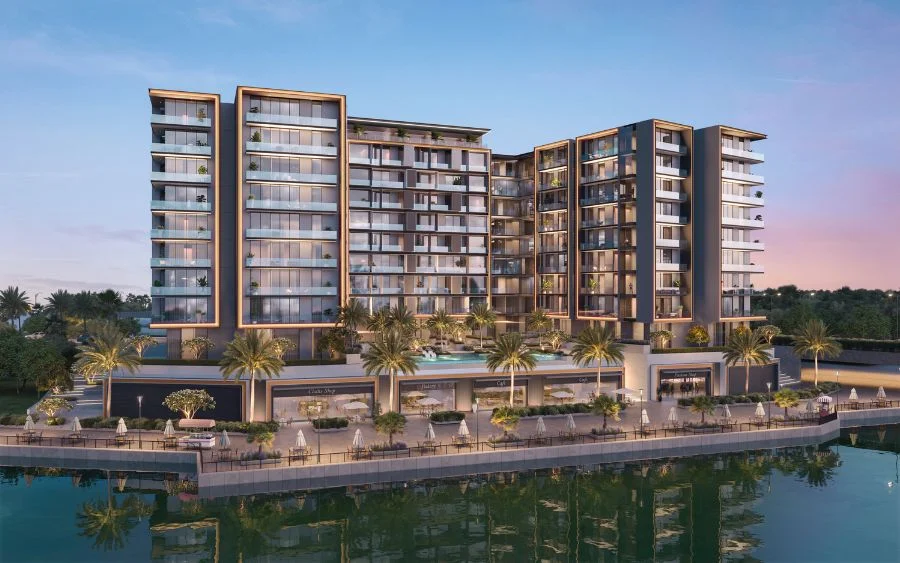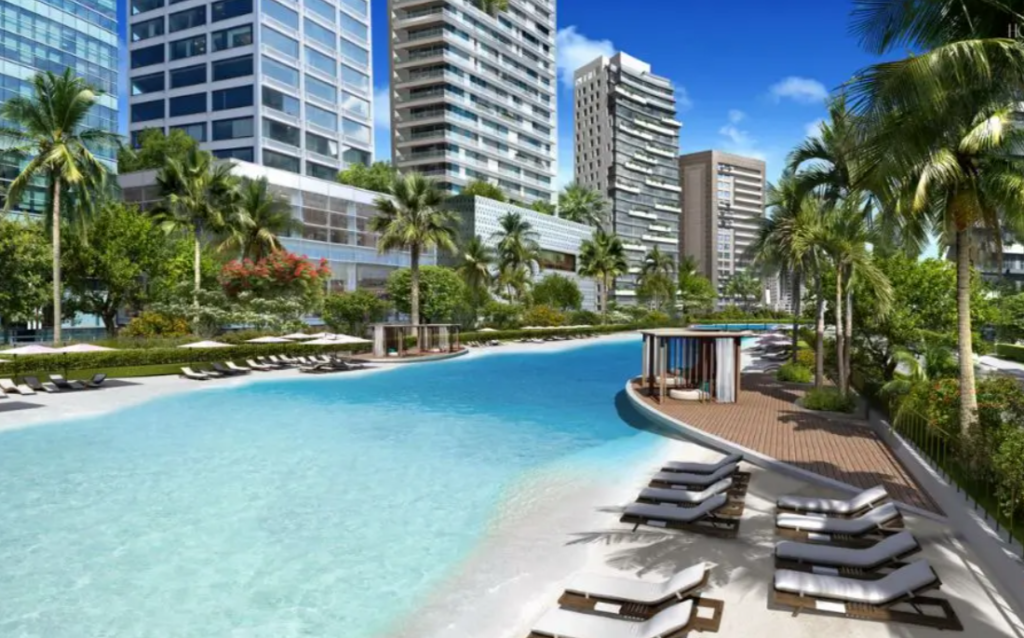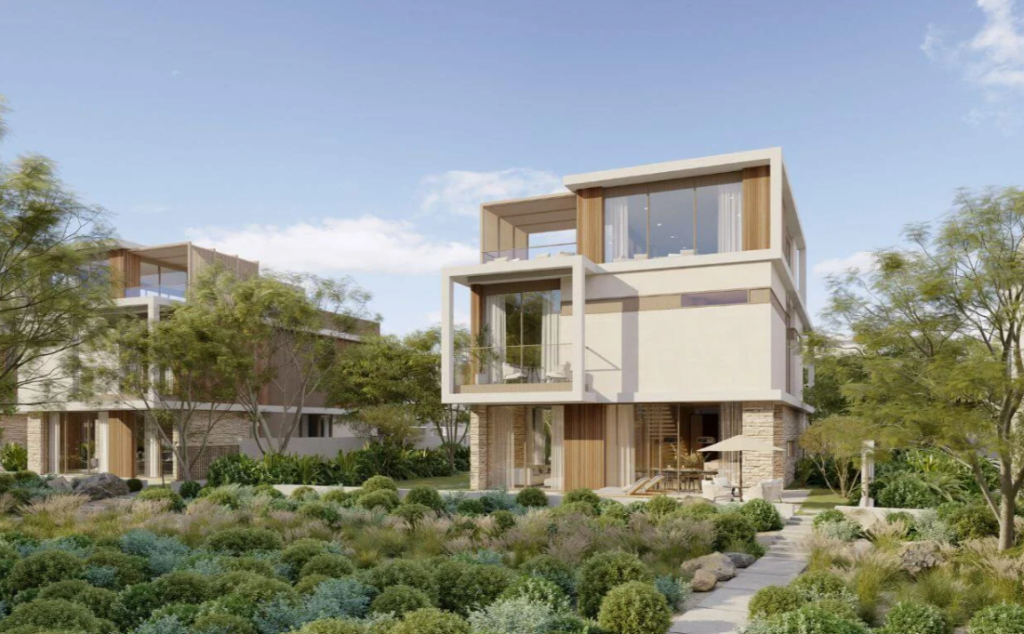SPANISH INVESTMENT INTO THE DUBAI PROPERTY MARKET
Dubai has transformed from a small Gulf emirate to a global financial and entrepreneurial powerhouse, capturing the attention and sparking the imagination of investors worldwide. As the city cements itself as the business gateway between Europe and Asia, Spanish investors and entrepreneurs are increasingly looking to tap into Dubai’s lucrative real estate opportunities.
Property investment from Europe into Dubai is on the rise, with 30% of Europeans occupying market share. Modern high-rises, stunning beaches, and a wealthy expatriate population have Spanish investors racing to claim their stake in this modern Arabian El Dorado.
Demand for luxury residential and commercial spaces continues to outpace supply. Compared to smaller units in Madrid and Barcelona, Dubai real estate offers spacious, high-end properties with potential for high yearly returns — all while enjoying 0% income and property taxes.
Whether seeking a lux overlooking the iconic Burj Khalifa or an office in a thriving free zone, Dubai property represents an enticing asset class for Spanish investment.
DUBAI’S REAL ESTATE MARKET VERSUS SPAIN’S
The latest data on the performance of real estate in Spain shows investors can achieve around a 6.1% rental yield. This is quite strong compared to most other European markets over the same period, but it lags behind Dubai.
Beyond that, Spanish property has also been impacted by the wider economic slowdown seen across the EU, and the Spanish market remains heavily linked to variable interest rates and unemployment.
Many investors from Spain are now choosing to forgo the decline seen in domestic real estate and diversify elsewhere, including the extremely lucrative destination of Dubai.
Dubai offers much higher potential returns, with premium property in areas like Downtown Dubai, Palm Jumeirah, and Emirates Hills all in demand. Investors in Dubai can expect rental yields of nine-plus per cent. Not only that, but it’s common to see more than 20% return on capital.
While Spain and Dubai share some similarities, such as year-round sun, Dubai has several advantages when it comes to income tax and public safety. In Spain, for example, individuals are taxed between 19% and 47% of their income, while Dubai doesn’t levy any income tax on personal earnings.
As for public safety, data from Numbeo ranks Dubai as “very low” for crime and Spain as “low”. These aspects enhance the appeal for Spanish investors seeking an overseas residence or rental opportunity.
As Spanish wealth flows out of unstable local property and strained European markets, investors are increasingly placing their euros into Dubai real estate as a secure, high-upside asset class abroad.
WHAT DO SPANISH INVESTORS NEED TO KNOW?
For Spanish investors, Dubai presents a golden destination to deploy capital into premium real estate. The market has seen tremendous growth, and there remain extremely lucrative opportunities across Downtown, Palm Jumeirah and Business Bay, to name a few.
Strong demand tailwinds
Robust population and economic expansion continue driving strong demand, especially for well-located luxury properties. Expo 2020 showcased Dubai’s vibrancy globally, and investors can capitalise on major mega projects, including Dubai still in their early stages.
Favourable policies
Dubai’s mortgage market, with its higher income cap for loan repayments and flexibility for foreign investors, offers more favourable conditions compared to the typically more conservative Spanish mortgage market, which often has lower income caps and stricter loan-to-value ratios.
Stability and liquidity
The AED remains pegged to the USD, giving stability against major foreign currencies. Given the surge of global investors and residents, Dubai’s property market provides reassuring liquidity combined with higher rental yields than in Spain.
POPULAR INVESTMENT ZONES
Dubai offers several attractive zones for property investors, with a few key areas standing out as top targets for investment:
Downtown Dubai
The thriving centre of Dubai features iconic landmarks like the Burj Khalifa, Dubai Mall and Dubai Opera. Luxury apartment sales prices average AED 2,646 per square foot, with rental yields for one-bedroom apartments just shy of 7%. Dubai Creek Harbor is proving a popular addition along the waterfront and boosting surrounding property values.
Palm Jumeirah
This man-made island development home to celebrity mansions and top-tier hotels has seen capital appreciation grow by an impressive 36% over the past six years. Rental yields also stand out, with investors likely to achieve average yields of 8.6%. The ongoing construction of new luxury residences continues to raise the prestige and profile.
Business Bay
Emerging as a new central business district with a mix of commercial and residential towers, Business Bay offers more affordable sales prices of around AED 1,308 per square foot. Rental yields are strong at 6.8% on average.
Jumeirah Beach Residence
This dense stretch of modern high-rise residential towers along the beach is one of the top areas for yields in Dubai, with affordable sales prices of AED 1,633 per square foot drawing investor interest. Proximity to dining and retail provides a range of amenities on residents’ doorsteps.
Damac Hills
One of Dubai’s premier luxury residential developments, DAMAC Hills provides luxury mansions and villas on spacious plots with an 18-hole championship golf course. Rental yields achieve in the region of 7.50%, while select signature villas easily fetch around 20 million AED. DAMAC Hills offers refined country club living within Dubai.
With tourism and development continuing to accelerate, Dubai’s premium zones present strong tailwinds for Spanish property investors seeking luxury rentals or resales to global elites. The doors remain open for sizable capital gains in one of the world’s hottest emerging global cities.
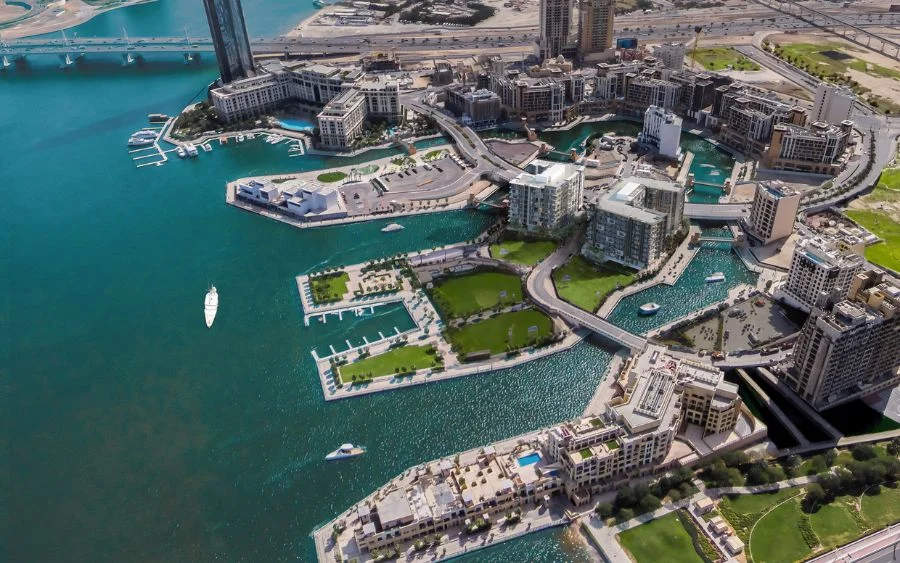
ECONOMIC AND INVESTMENT TIES BETWEEN SPAIN AND DUBAI
Spain and the United Arab Emirates (UAE), of which Dubai is a key emirate, have been actively working to strengthen economic and political ties.
Non-oil trade between the countries exceeded $2.6 billion recently, with UAE non-oil exports to Spain at $360 million and re-exports at $181 million. UAE investment in Spain reached approx. $3.8 billion by 2021, while Spanish foreign direct investment in the UAE totalled $72 million by 2020. Spain is the UAE’s sixth-largest European trade partner.
TAX BENEFITS OF DUBAI PROPERTY INVESTMENT
Dubai’s tax-free environment means Spanish property investors can benefit from rental income and equity gains compared to the high-tax Spanish market, which often imposes significant taxes on rental income and capital gains. For instance, in Spain, rental income is subject to progressive tax rates ranging from 19% to 47%. In contrast, Dubai’s tax-free status allows investors to retain 100% of their rental income and capital gains.
Zero income tax
Dubai doesn’t impose any personal income tax or corporate tax. Therefore, rental income and capital gains from property transactions or repatriated funds aren’t taxed at the emirate level. Consequently, investors can realise the full upside potential on rental yields and appreciation.
Zero capital gains tax
For Spanish investors used to paying capital gains tax starting from 19% and 26% upon the sale of property assets, Dubai represents a significant advantage. Investors pay no taxes on profits when selling or transferring ownership of Dubai properties, maximising achieved returns.
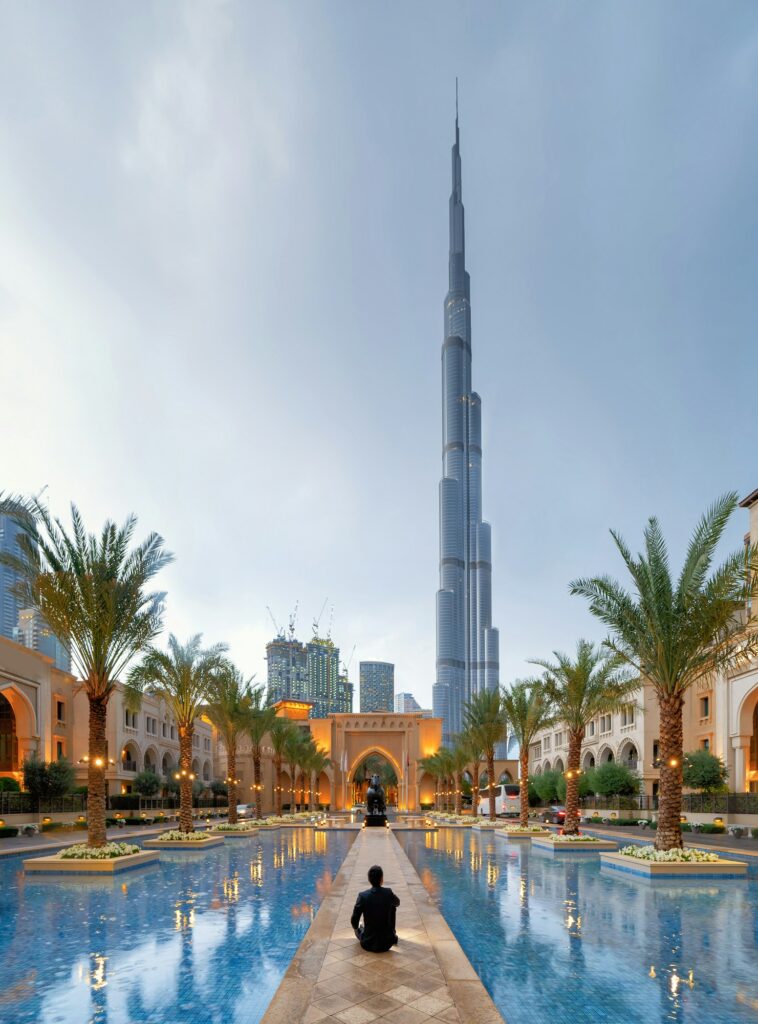
Investment Hotspots

Popular Projects for UK Investors

SPEAK TO AN
INVESTMENT CONSULTANT
By submitting this form you agree to subscribe to updates from Living Walls and be sent information in relation to its products and services.
Helpful Links
Projects
STAY UPDATED
© Living Walls. All Rights Reserved.
